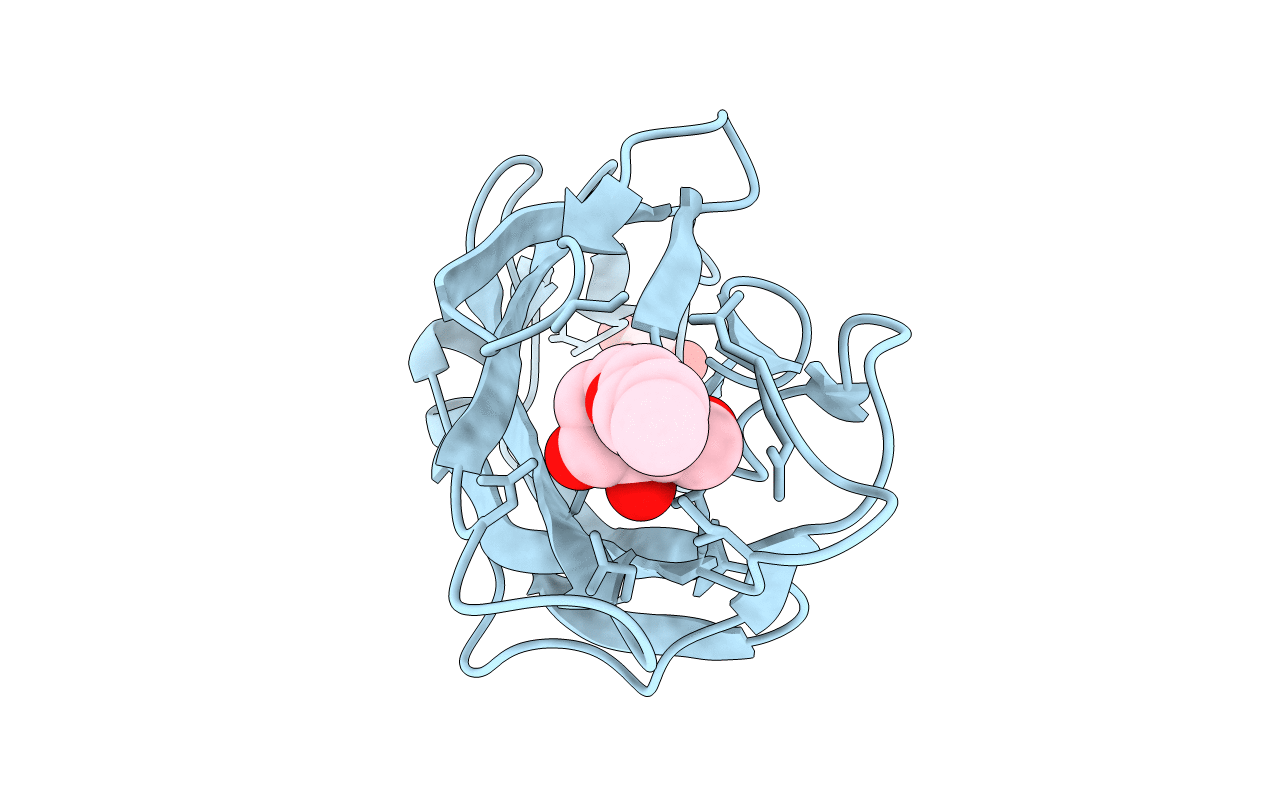
Deposition Date
2004-02-05
Release Date
2005-02-16
Last Version Date
2024-10-16
Entry Detail
PDB ID:
1UWF
Keywords:
Title:
1.7 A resolution structure of the receptor binding domain of the FimH adhesin from uropathogenic E. coli
Biological Source:
Source Organism:
ESCHERICHIA COLI (Taxon ID: 1206108)
Host Organism:
Method Details:
Experimental Method:
Resolution:
1.69 Å
R-Value Free:
0.21
R-Value Work:
0.17
R-Value Observed:
0.17
Space Group:
P 21 21 21


